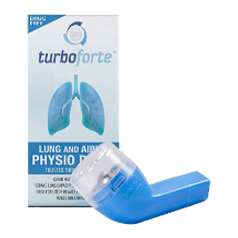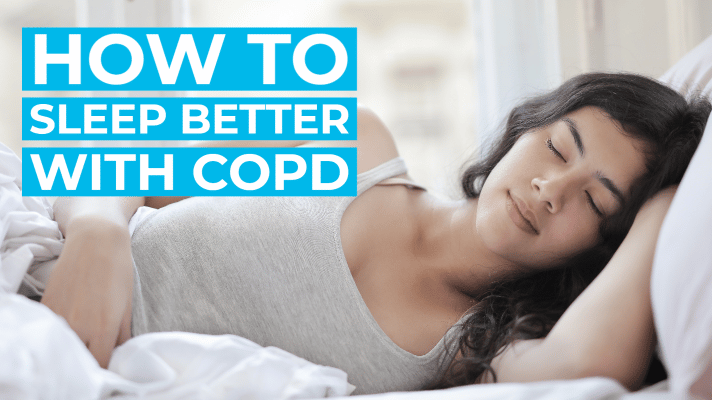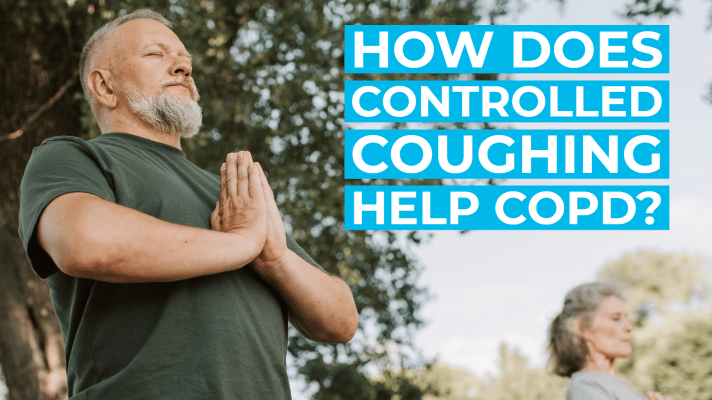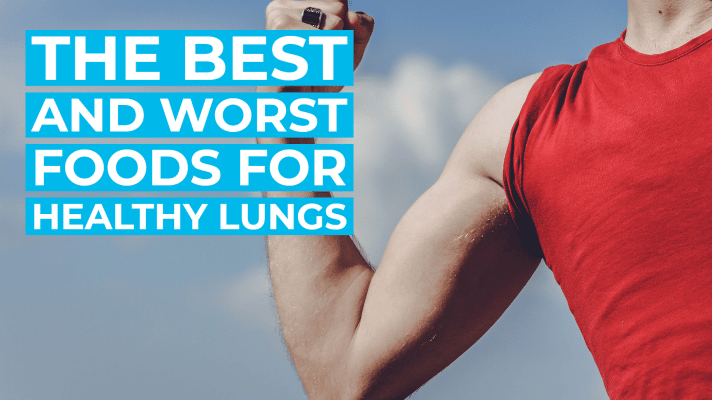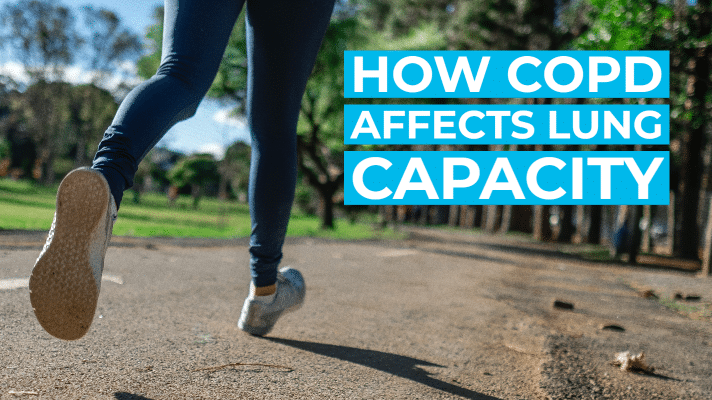
Chronic Obstructive Pulmonary Disease, more commonly refered to as COPD, is a chronic lung disease that occurs when the lungs and airways become damaged and inflamed, obstructing airflow. It is an umbrella term for a group of lung conditions that cause breathing difficulties including, emphysema, chronic bronchitis, & chronic asthma. It can cause interference with daily life and enjoyment, thus it is usually met with rigorous prevention and treatment plans. In this article, we’ll cover everything you need to know about how COPD affects lung capacity including:
- What is lung capacity?
- What causes COPD?
- What are symptoms of COPD?
- How does COPD affect a person’s breathing?
- What makes lung capacity worse?
- Is COPD preventable?
- Living with COPD
What is lung capacity?
Lung capacity is a familiar term for those living with chronic pulmonary conditions, but it is also important as a general health assessor for the population. Total lung capacity, or TLC, refers to the maximum amount of air that your lungs can hold. As we get older, our lung capacity decreases and we need to work a little harder to strengthen the flow of oxygen through our respiratory system. Factors such as age, sex, body build, and physical conditioning can also have an influence on lung capacities.
What causes COPD?
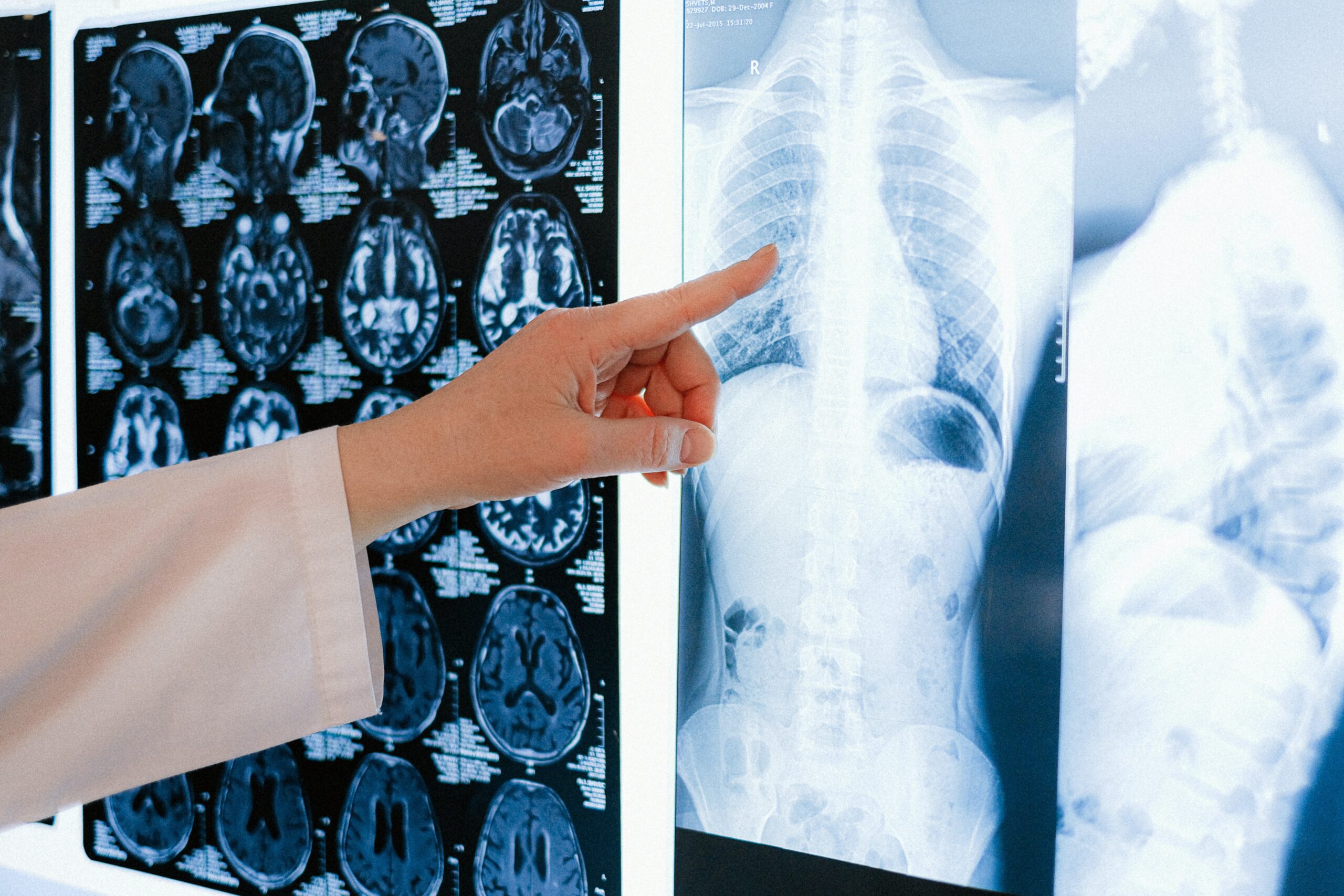
Chronic bronchitis & emphysema are the two most common conditions that contribute to COPD. Chronic bronchitis causes inflammation & narrowing of bronchial tubes causing mucus to build up, while emphysema is a disease where the air sacs in the lungs are damaged, making it hard to get air in & out of the lungs.
According to the NHS, smoking is the main cause of COPD and is thought to be responsible for around 9 in every 10 cases. The harmful chemicals in smoke can damage the lining of the lungs and airways. Other factors that can cause or make COPD worse include exposure to chemicals, fumes, air pollution or breathing in secondhand smoke. There may also be a genetic predisposition to developing COPD, however further research in this area is still needed.
What are symptoms of COPD?
The most common signs of COPD may include the following:
- Shortness of breath,
- Wheezing or whistling sound when breathing
- Chest tightness
- Constant coughing
- Producing a lot of mucus
- Becoming fatigued doing everyday activities
The severity of these symptoms can range depending on previous lung damage. Without adequate treatment, the symptoms usually get progressively worse. It is advised to seek immediate medical attention if;
- You have difficulty catching your breath or talking
- Your fingernails or lips are blue or gray indicating low oxygen levels
- Your heart is beating very fast
- You feel muddled or confused.
How does COPD affect a person's breathing?

COPD effects breathing through the inflammation and expansion of the airways in the lungs, damaging the tissue where oxygen is exchanged. This reduces air flow and oxygen circulation to the body tissues, making it more difficult to get rid of the waste gas carbon dioxide. Shortness of breath is a common result and can become extremely uncomfortable ovet time.
As COPD is a progressive disease, these breathing problems tend to get gradually worse over time and can limit your normal activities, although treatment can help keep the condition under control.
What makes lung capacity worse?
It’s important to avoid risk factors that may worsen lung capacity such as:
- Exposure to air pollution
- Breathing secondhand smoke
- Working with chemicals, dust and fumes
There are a number of strategies that you can introduce to keep your lungs healthier for longer. A consistent combination of moderate physical activity and irritant avoidance will reduce the risk of making lung capacity worse.
Is COPD preventable?

The disease affects millions of Americans and is a leading cause of disability and death in the U.S, but luckily, it is preventable and treatable in most patients when correctly diagonsed early enough. The number one strategy to prevent COPD is to never smoke or if you are already a smoker, to quit. This is an essential step and commitment towards protecting your lung and overall health from preventable lung damage!
Additionally, using a breathing exercise device daily gives you the best chance of building strength and enjoying a fuller, more active life with healthy lungs.
Living with COPD
Although COPD is a progressive disease with no known cure, treatment can help ease symptoms, prevent complications, and slow its progression. It’s important to note people are able to maintain a good quality of life while living with chronic obstructive pulmonary disease. Here are the most common treatments and lifestyle changes known to create positive results in COPD patients:
- Quitting smoking – if you have COPD and you smoke, this is the most important thing you can do.
- Inhalers and medicines – your GP will be able to identify some medications that may ease your flare ups.
- Surgery or a lung transplant – in very extreme cases, surgery may be a treatment option sought by your medical professional.
- Respiratory rehabilitation – this is a great, drug-free complementary treatment strategy to strengthen lung capacity and build back function. The Turboforte Lung Physio is an affordable, medically-approved breathing exercise device that gently applies pressure to your breath to activate and open tightened airways.
Found this helpful? Check out more of our lung health tips and tricks here.
Turboforte is easy to use, non-invasive, and medically approved. Read about how Turboforte has helped thousands in our customer testimonials here or purchase one for yourself today.
While Turboforte is a drug-free, all-natural way to help and can be used in conjunction with your usual treatment regime, always seek the guidance of your doctor or other qualified health professional with any questions you may have regarding your health or a medical condition. Never disregard the advice of a medical professional, or delay in seeking it because of something you have read that contradicts your doctor’s personal advice.
Excessive salt consumption causes fluid retention, which can make it harder to breathe. This is because when the body is forced to retain more fluid, it strains the heart to have to pump it through the body and the lungs work extra hard.

